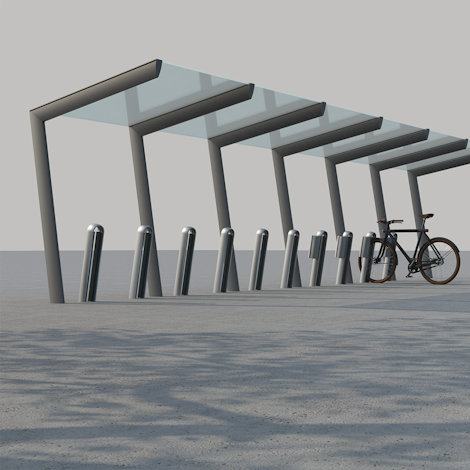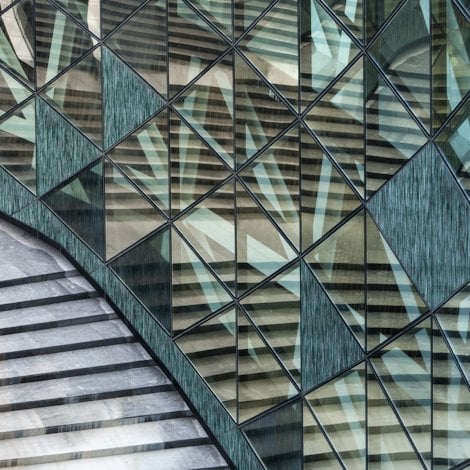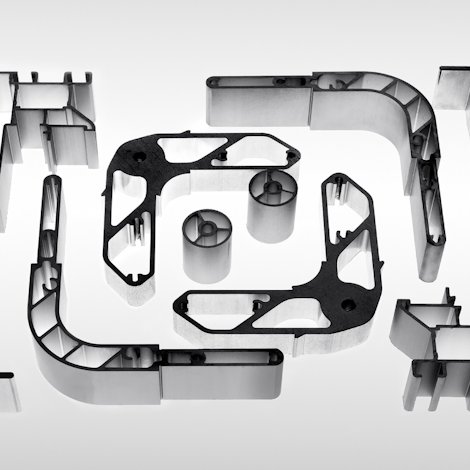Ten rules for sustainable product development
Good product designers consider sustainability aspects when they begin the product development process. Here are ground rules for sustainable product development that you can follow on your own.
The properties of aluminium are pretty amazing. The metal is light and strong. It is resistant to corrosion and it is non-toxic. Recycling requires low energy input and has little environmental impact. And the extrusion process enables you to shape aluminium profiles in almost any way you want.
This makes aluminium a material that can be used in products that contribute to sustainable development.
Integrating environmental demands in product development
Conrad Luttropp and Jessica Lagerstedt’s Ten Golden Rules in EcoDesign help product designers integrate environmental demands into the product development process.
Comparing these rules with the properties of aluminium profiles will give you input that is relevant in your work to identify the right material for the right function in your own product.
- Toxicity. Limit the use of toxic substances and, where such substances are essential, try to arrange closed material loops.
- Housekeeping. Review your routines to minimize energy and resource consumption in production and transport.
- Weight. Choose materials and designs that minimize the weight of the product.
- Energy. Think about how the end product will be used and try to minimize the user’s energy and resource consumption.
- Upgrading. Design the product to allow upgrading and repair, especially for long lifespan and system-dependent products.
- Lifetime. Optimize the product for its intended working life.
- Protection. Invest in durable materials and surface treatments to protect the product.
- Information. Prepare for upgrading, repair and recycling through accessibility, labeling, modular construction and manuals.
- Mix. Remember that mixing materials affects recyclability. Try to use as few materials as possible in simple forms.
- Construction. Use as few joining elements as possible, avoid the unnecessary use of screws and bonding, and look for intelligent geometric solutions.








